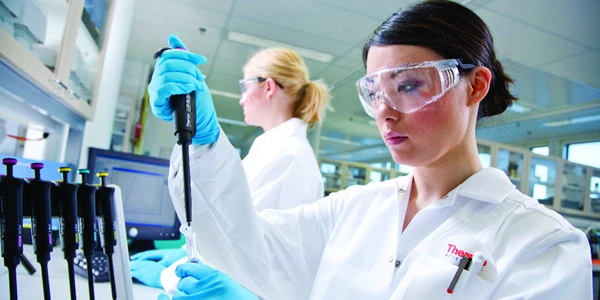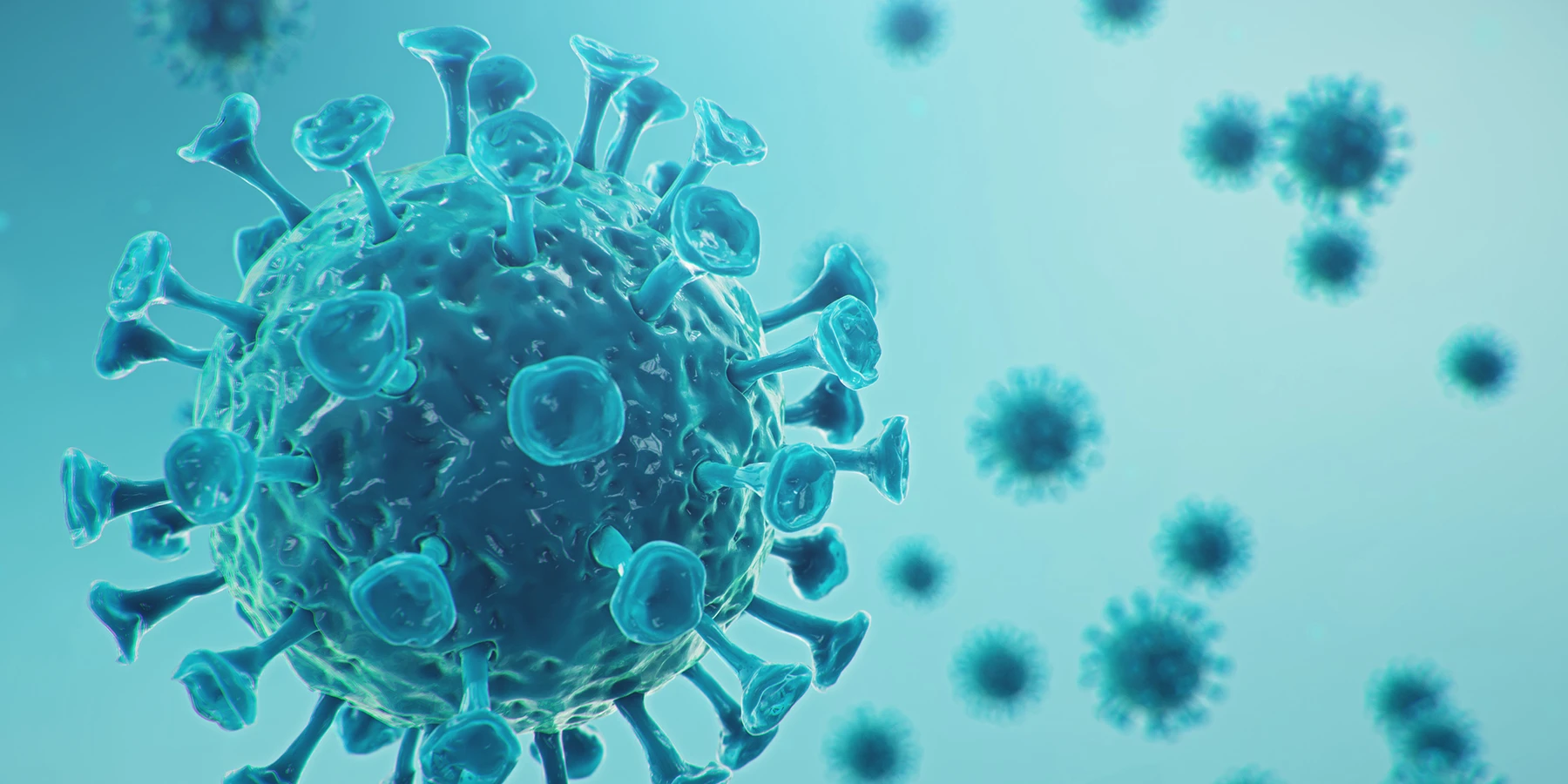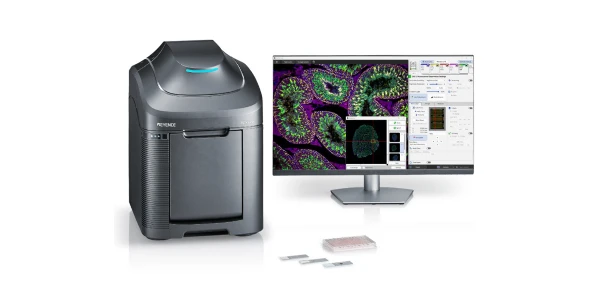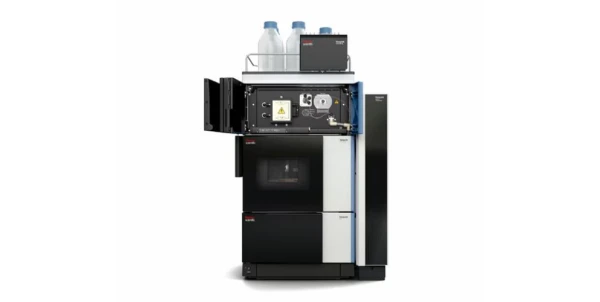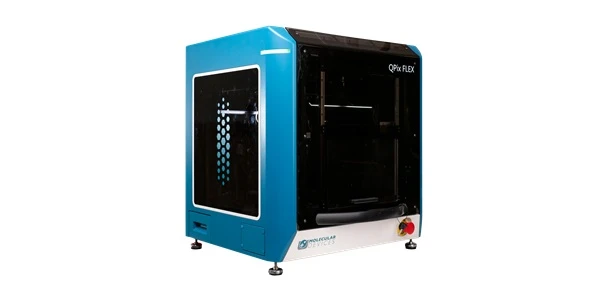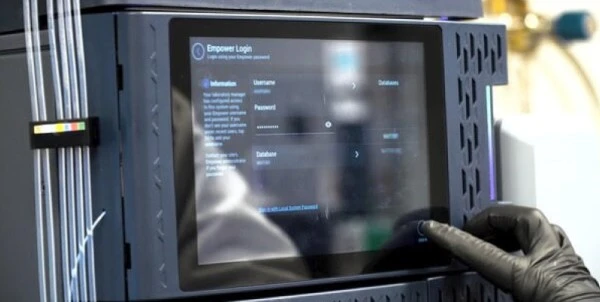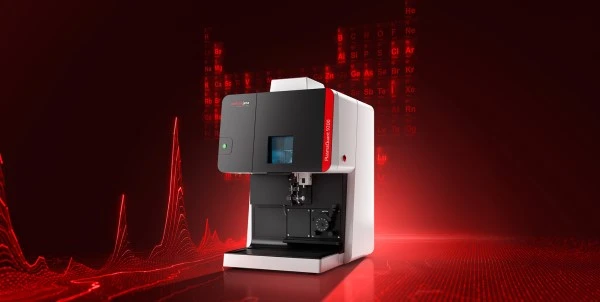Cannabidiol versus Tetrahydrocannabinol: CBD vs THC
“What’s the difference between THC and CBD?”
A question of interest, particularly among those searching for health benefits and perhaps worried about the negative side-effects traditionally associated with ‘medicinal marijuana’. The legal status and evolving political disputes have confused the issue even further, making clear evidence-based information about the distinction between the two decidedly opaque.
With the recent FDA approval of the CBD drug Epidiolex, the clinical evidence and the research that is ongoing will provide more comprehensive and decisive information regarding mode of action and biological effects of CBD. This in turn may guide decision making from medical professionals, patients and care givers, and perhaps law makers as well.
Although there are over 100 chemically unique cannabinoids in marijuana, CBD and THC are the clear frontrunners in both relative concentrations and characterization. Before we start, it should be mentioned that a paramount difference between CBD and THC is that the former has no known psychoactive properties, while the latter has pronounced psychoactive effects in the brain.
- Both THC and CBD share a common biosynthetic precursor, Cannabigerolic acid (CBGA), but otherwise are distinct.
- Early studies in the late 1930’s and later work in the 60’s identified the structures of both THC and CBD and confirmed the presence and position of the double bond differentiating the two chemically.
- The CBD and THC cannabinoids have been found to function at distinct sites and through unique mechanisms.
- THC acts on endogenous cannabinoid receptors (CB1 and CB2) primarily in the brain, and can affect appetite, memory, fear response, motor responses, among other areas involved in gastrointestinal function.
- CBD displays very low affinity for CB1 and CB2 cannabinoid receptors, but is postulated to affect CB1 through a unique allosteric mechanism.
- CBD does interfere with the deactivation of the endocannabinoid molecule anandamide, which could indirectly interact with CB1.
- CBD is a known agonist of serotonin 5-HT1A receptors and transient receptor potential vanilloid type 1 (TRPV1) receptors, thereby altering mood and relaxation.
- CBD also may enhance adenosine receptor signalling by inhibiting adenosine in activation, thereby supporting putative roles in pain and inflammation.
- CBD is an anti-oxidant and coupled with anti-inflammatory properties may explain the potential neuroprotective actions.
- There is evidence to suggest that CBD could be useful for a range of indications including: epilepsy, seizures, psychosis, anxiety, Huntington’s, ALS, and multiple sclerosis.
- Cannabis plants can be differentiated into one of three main chemotypes based on the absolute and relative concentrations of THCA and CBDA, the natural carboxylic precursors of THC and CBD.
- THC-type: 0.5-15% THC 0.01-.16% CBD <0.02 CBD:THC ratio
- Hybrid: 0.5-5% THC 0.9%-7.3% CBD 0.6-4 CBD:THC ratio
- CBD-type: 0.05-0.7% THC 1.0-13.6% CBD >5 CBD:THC ratio
The most significant difference that belies their isolation is the relative abundance of CBD and THC in specific cannabis plant strains. CBD is found in significantly greater abundance in hemp compared with THC. Hemp is a fibrous plant that grows in stalks, has fewer leaves and an absence of flowers, and displays abundant seed production. The high CBD:THC ratio, coupled with the ability to select for strains with exceedingly low THC profiles, makes CBD isolation from hemp advantageous from a practical (and political/legal) perspective.
As opposed to THC, which is primarily isolated from the flower (specifically the trichromes) of Cannabis sativa or indica, CBD can be isolated from the leaves, seeds, and to a lesser degree, the stalks of hemp. This makes not only the cultivation unique, but plant mass processing, milling, extraction, and the resulting yields of purification different for CBD production as well.
The fact that many groups are now focusing on CBD and hemp processing indicates the markets for hemp related products will see innumerable growth in the foreseeable future.
